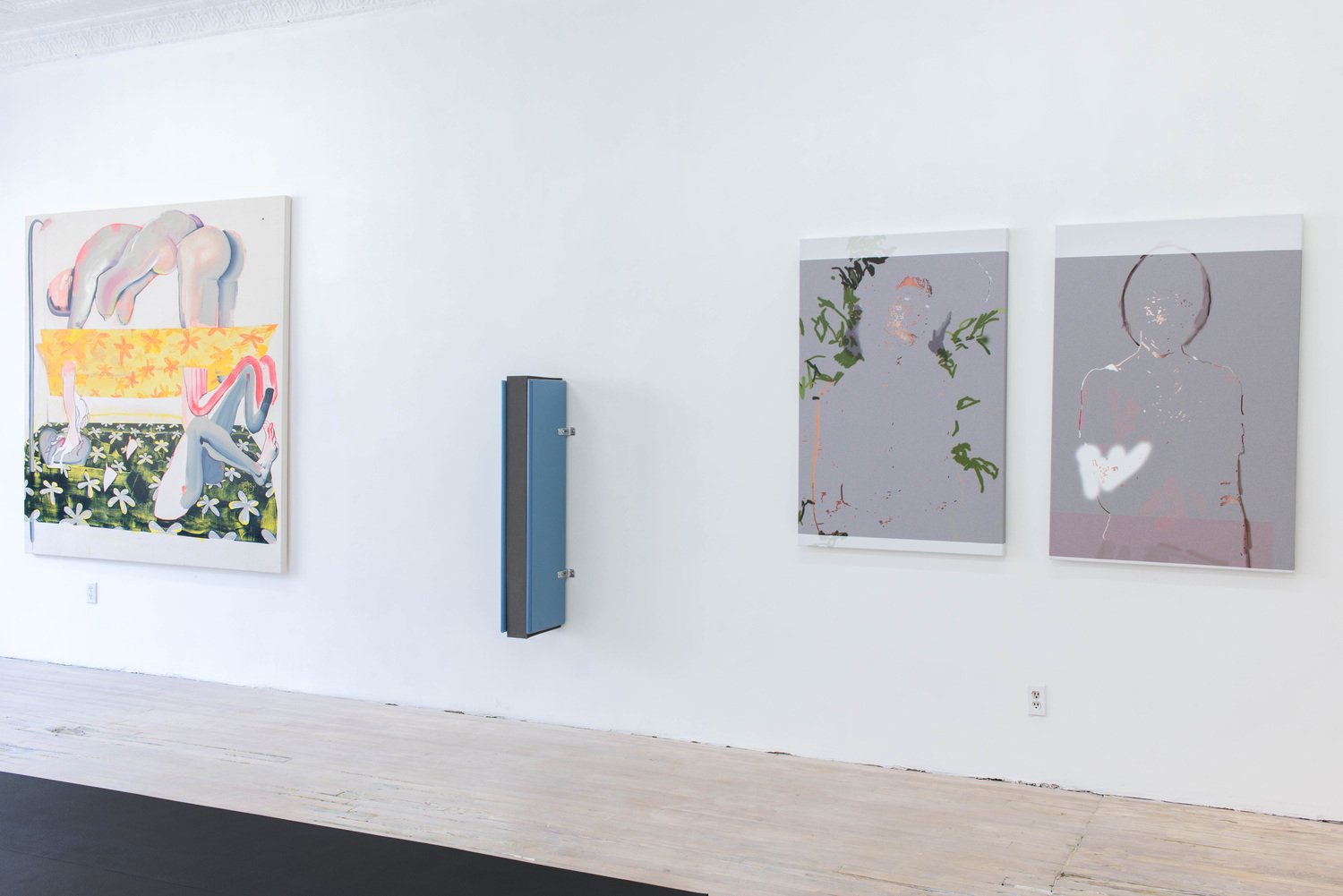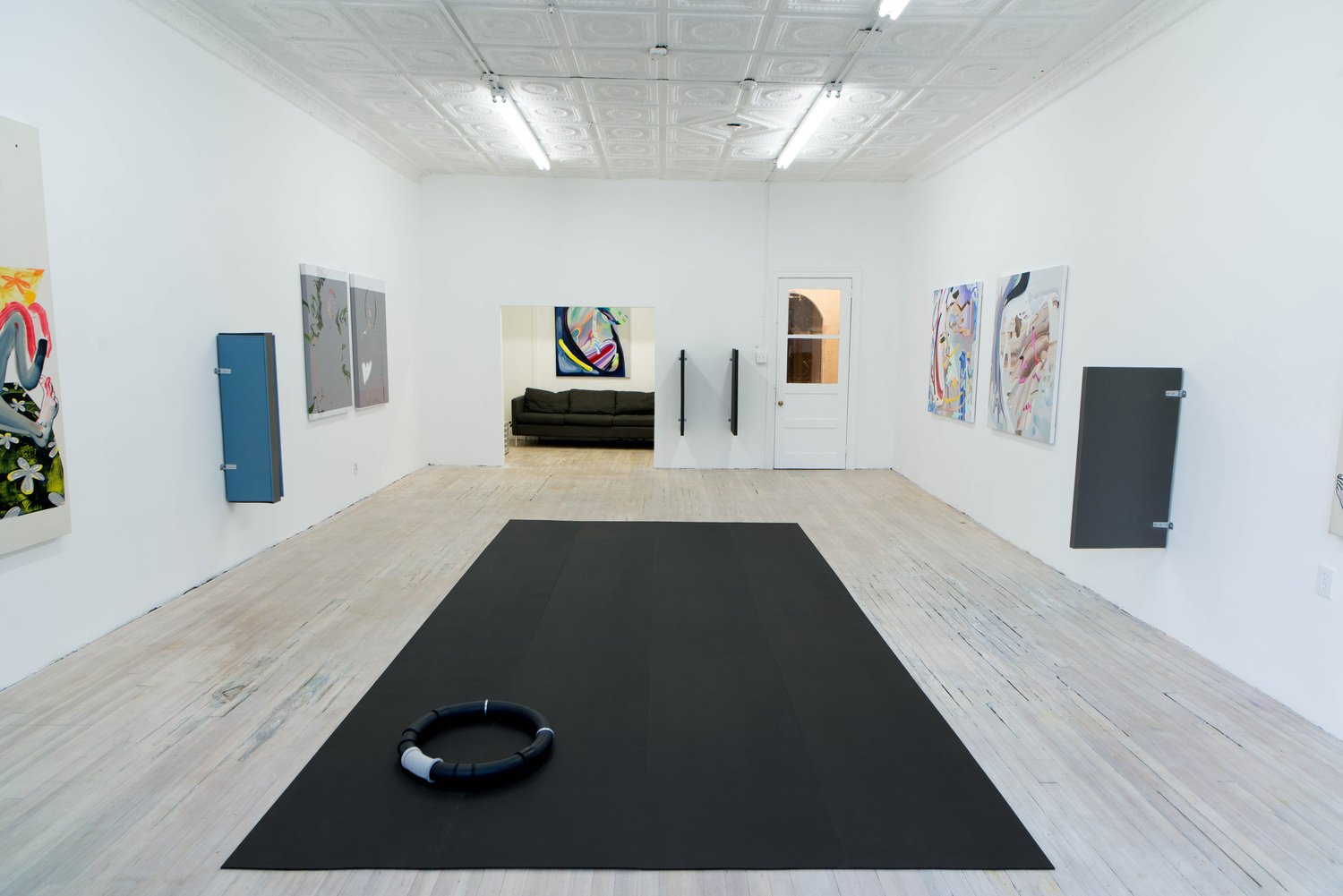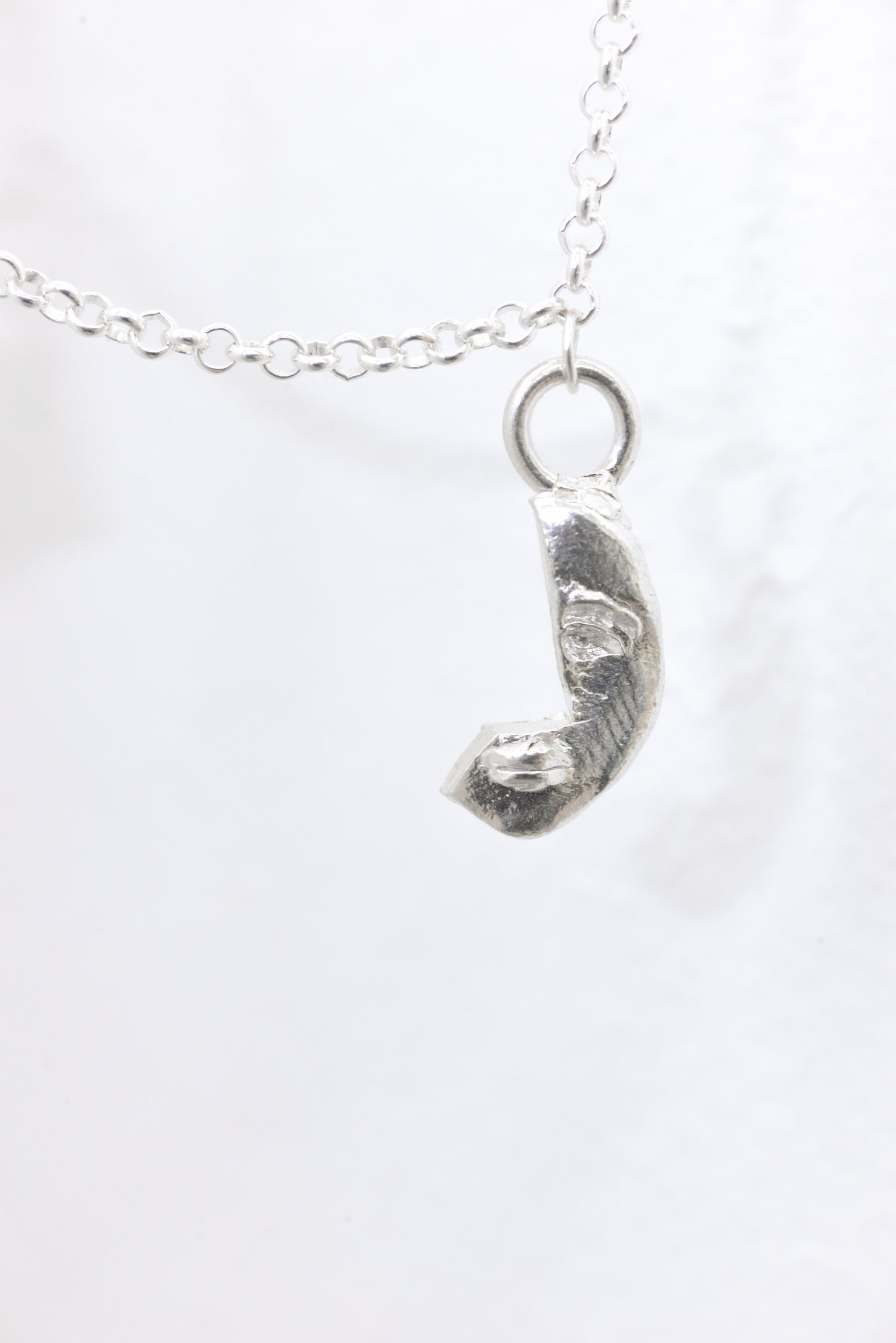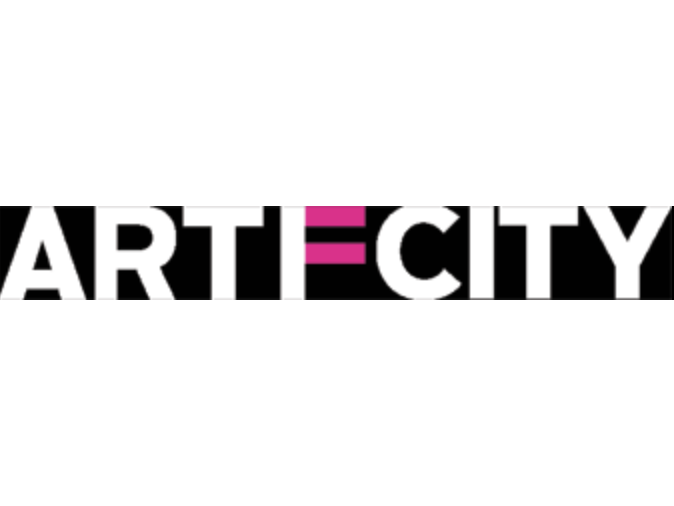I'd Rather Be Here Than Almighty
Christina Quarles, Ilana Savdie, Michael Blake and Joshua Citarella
July 16 - August 21, 2016
I’d Rather Be Here Than Almighty challenges the boundary that traditionally delineates where a body ends and an environment begins. In this exhibition, the realities pertaining to the body are fully distorted and suspended through the ambiguity of consumptive excess, the mutated culture of self-care and self-work, and the manufacture of impossible ideals. What is left are references and traces belonging to either what started out as the human form, or what became of it.
Donna Haraway suggests that "the boundary between science fiction and social reality is an optical illusion," proposing a more fluid narrative of how the body advances and contorts in relation to social space and technology. Applying Haraway’s concept of a cyborg, this exhibition reassesses the human hybrid—not a literal integration of man and machine, but one culturally constructed and reaffirmed in the feedback loop of our current modes of production. Likewise, the artists in this exhibition each pose separate questions about the body’s mutability between internalized and externalized space.
One may suggest that we have all been modified by how we integrate technology into our lived experiences, liquefying our corporeal borders. The body is naturally porous to systems and processes. The machine or device itself is no longer the focus, but slips into a quotidian role informing our habits, experiences, and observable arenas. Our absorption of the digital has turned our bodies into extensions of our devices, and has informed how we participate in the generation of our surroundings.
+++
Exploring the fetishization of the male body through the locations and devices of self-care and cruising culture, Michael Blake’s sculptures are made from materials used to cushion, protect, and sculpt the body. His cyborgs live within the tools used to create, arouse, and reference our vision of these fantasy male forms. Ilana Savdie and Joshua Citarella’s work look at the body on the surface in its commercial production. Derived from our visual consumption of the female body on a mass scale, their cyborgs are a combination of flesh and Photoshop, endlessly retouched to achieve the optimal human. These works begin with the awareness of these unnatural forces, focusing on edits and the distorted visual language of the clone stamp and healing brush. Christina Quarles’ works continually usurp and permeate the boundaries that have been set up within the frame, defying gravity and physical planes of existence. Though not digital in form or reference, her works could only exist after the emergence of vector and raster graphics and the affect of visual excess.
Text by Rachel Vera Steinberg
Michael Blake Untitled (2 Stalls), 2016 Powder coated steel, aluminum, hardware Dimensions variable
Michael Blake Ring #2, 2016 Foam tubing, sock, pipefittings, steel, plastic o-rings 22 inches (diameter)
Ilana Savdie Facewaver No. 1, 2015 Oil on canvas 48 x 44 inches
Ilana Savdie Facewaver (Pink) No. 1, 2015 Oil on canvas, 48 x 46 inches
Greg Ito Table For Two, 2016 Acrylic, varnish, satin, wood, steel, glass, ceramic, wax, and string 57 x 66 x 28 inches
Aiden Koch Infinity Chocker, 2016 Sterling silver Dimensions variable
Aiden Koch Infinity Chocker, 2016 Sterling silver Dimensions variable




















